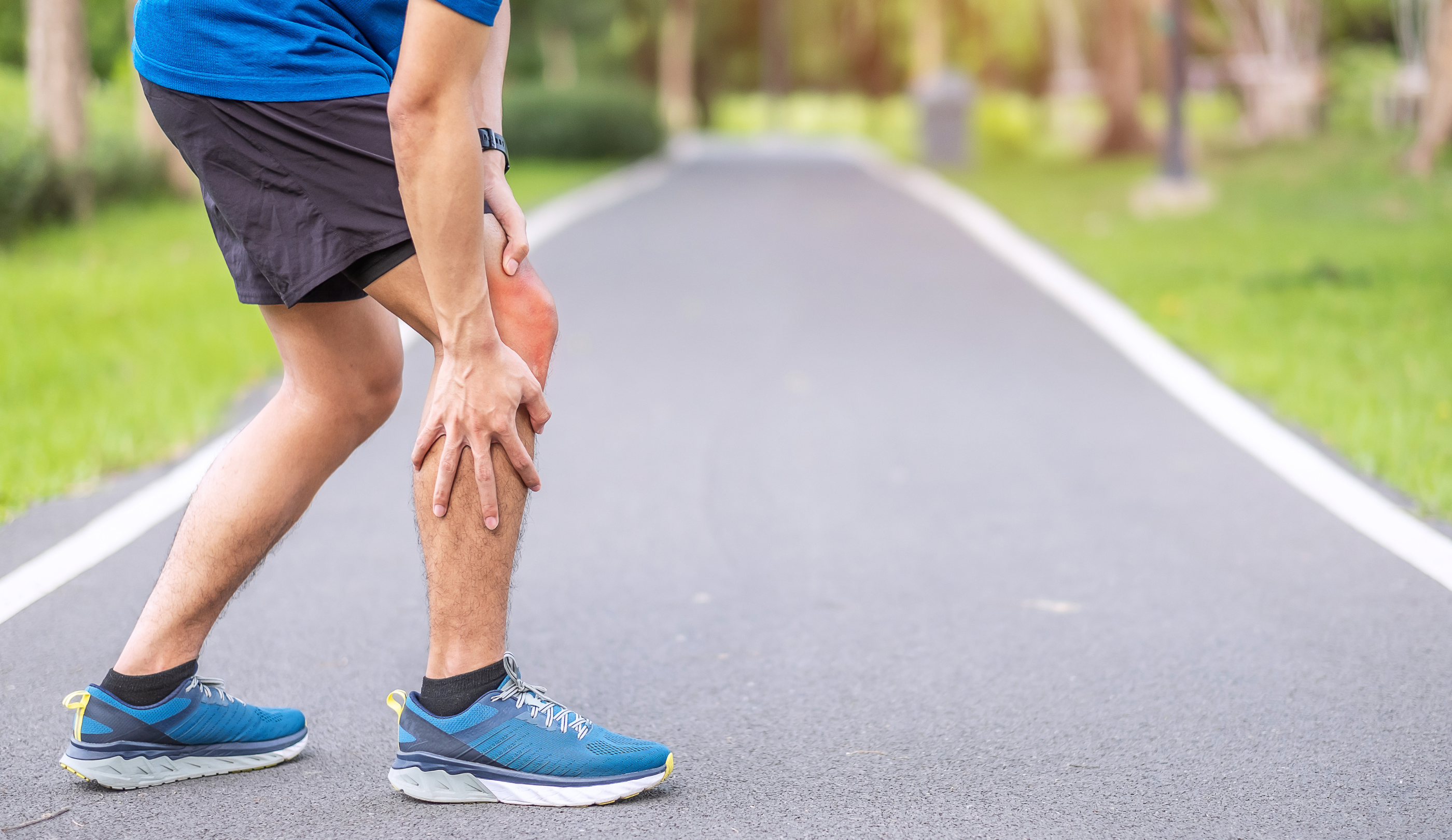Arthritis is a common condition affecting millions worldwide. Rather than being a single disease, arthritis is a medical term encompassing several different joint conditions. Understanding and being informed about arthritis is key when attempting early detection and proper management.
What is arthritis?
Arthritis is inflammation of one or more joints, causing pain and stiffness that can worsen with age. The two most common types are osteoarthritis and rheumatoid arthritis.
Osteoarthritis

Osteoarthritis is the most prevalent form, often called "wear-and-tear" arthritis. It occurs when the cartilage that cushions the ends of bones in your joints gradually deteriorates.
Rheumatoid arthritis

Rheumatoid arthritis is an autoimmune disorder where your immune system mistakenly attacks your body's tissues, primarily affecting the lining of your joints.
What are the symptoms of arthritis?
Arthritis can manifest in various ways. Common symptoms may include:
Joint pain
Persistent aching or pain in the joints and pain that may worsen with movement.
Stiffness
Besides stiffness after periods of inactivity, stiffness may also be felt in the morning, lasting 30 minutes for osteoarthritis or several hours for rheumatoid arthritis.
Swelling
Presence of warm, red swelling around the joints. Additionally, your joints may feel tender upon touch.
Reduced range of motion
A decreased level of flexibility, accompanied by difficulty in fully moving a joint.
Other symptoms
Some other symptoms may include fatigue, especially with rheumatoid arthritis, muscle weakness around affected joints and In some cases, fever, weight loss, and a general feeling of being unwell.
If you're experiencing persistent joint symptoms, request an appointment with our specialists at Thomson Medical for an accurate diagnosis and tailored treatment plan.
Arthritis causes and risk factors
The causes of arthritis can vary depending on the type. Some common risk factors include:
Family history: Arthritis is hereditary. So if someone in your family has arthritis, your chances of getting that type of arthritis are higher.
Previous joint injuries: If you have had previous injuries that have affected your joints, you may be at a higher risk of having arthritis.
Age: Risk increases as you get older.
Gender: Some types of arthritis are more common in women.
Obesity: Excess body weight puts added stress on weight-bearing joints.
For further information on the causes of arthritis, request an appointment with our specialists.
How is arthritis diagnosed?
If you have arthritis, your doctor or specialist may diagnose you by conducting physical examinations to assess your range of motion or check for swelling, redness and warmth in your joints.
Imaging tests such as MRIs are used to detect early signs of arthritis, while X-rays may be conducted to examine cartilage loss or bone damage while ultrasounds create detailed images of soft tissue, cartilage and structures containing fluid.
While a diagnosis by a healthcare professional or specialist is crucial, you may also monitor your symptoms at home through:
Keeping a diary of symptoms, noting when and where you experience pain or stiffness.
Recording and rating pain on a scale of 0 to 10 to track pain intensity.
Actively taking note of any activities that might worsen or even improve your symptoms.
Arthritis treatment
While there's no cure for most types of arthritis, various treatments can help manage symptoms and improve quality of life. Here are some of the treatments below:
Medication
Pain relievers: Over-the-counter options like paracetamol or prescription medications.
Nonsteroidal anti-inflammatory drugs (NSAIDs): To reduce both pain and inflammation.
Disease-modifying antirheumatic drugs (DMARDs): For rheumatoid arthritis to slow disease progression.
Biologics: Genetically engineered drugs for specific types of inflammatory arthritis.
Corticosteroids: For quick relief of pain and inflammation.
Physical therapy
Your doctor may provide you with some exercises to improve your flexibility and strengthen muscles around affected joints.
Physical therapy techniques may help to maintain your joint function in the long run.
Lifestyle changes
Maintaining a healthy weight to reduce stress on any of your weight-bearing joints is crucial.
Exercise regularly, particularly prioritising low-impact activities like swimming or cycling.
Surgical options
In some severe cases, surgical interventions may be considered, including joint repair, replacement or fusion, depending on the condition's severity.
Explore more information on orthopaedic surgery and treatment here.
Living with arthritis
Managing arthritis involves more than just medical treatments; it requires an active effort to maintain a good quality of life. Here are some strategies for daily living:
Pain management
Apply heat before activities to relax muscles, and cold after to reduce inflammation.
Meditation, deep breathing, or progressive muscle relaxation can help manage pain.
Consider acupuncture or massage therapy, as these may provide relief.
Exercise and movement
Low-impact exercises such as swimming, cycling, or tai chi can help maintain joint flexibility.
Strength training to build muscle can help support and protect joints.
Range-of-motion exercises can help maintain and improve joint flexibility
Diet and nutrition
Include foods rich in omega-3 fatty acids, such as fish, nuts, and seeds.
Maintain a healthy weight, as every kilogram lost can reduce the load on any of your affected joints.
Assistive devices
Use tools like jar openers or supportive walking sticks to reduce joint stress.
Consider using braces or splints to support affected joints.
A word of hope
Living with arthritis can be challenging, but it's important to remember that with proper management and care, many people lead active, fulfilling lives. Seek the support of your healthcare professionals and your loved ones to develop effective ways to manage your arthritis while maintaining your quality of life. Request an appointment with Thomson Medical today to take the first step towards managing your arthritis.
The information provided is intended for general guidance only and should not be considered medical advice. For personalised recommendations and tailored advice, please consult a specialist by requesting an appointment with Thomson Medical today.
For more information, contact us:
Thomson Medical Concierge
8.30am - 5.30pm
Call: 6250 1965
Need help finding the right specialist or booking for a group?
Our Medical Concierge is here to help you. Simply fill in our form, and we'll connect you with the right specialist promptly.
Request an Appointment